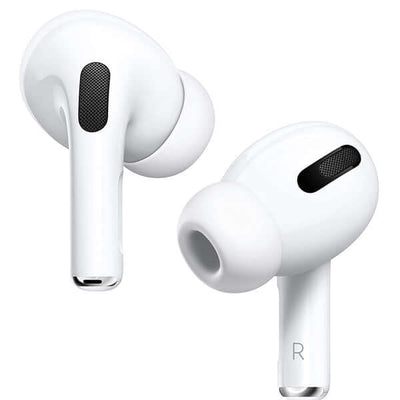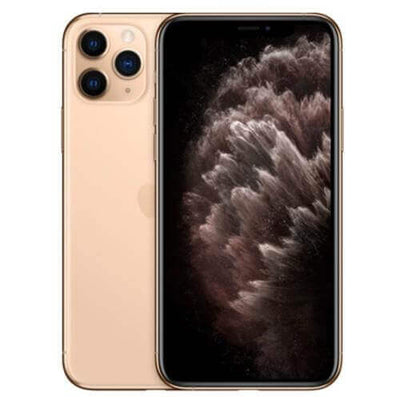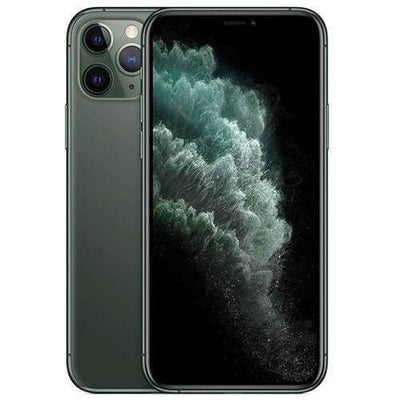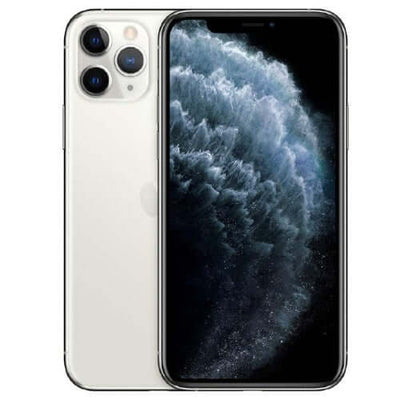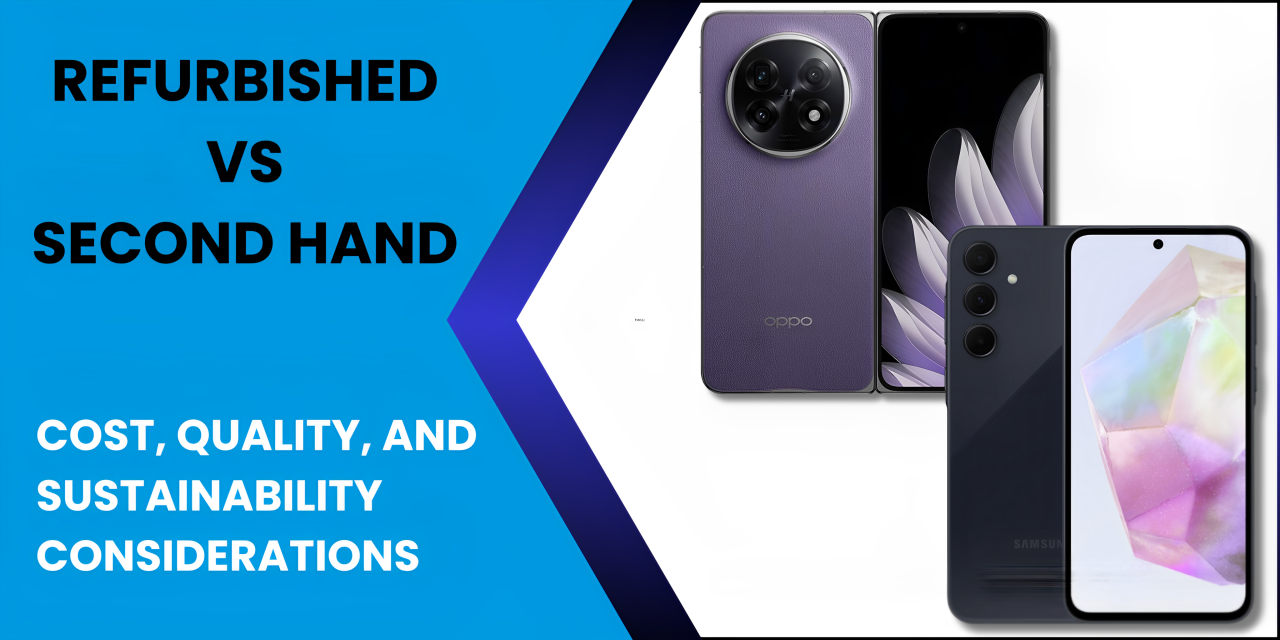Introduction:
In today’s fast-paced digital world, making informed choices about electronic purchases is more important than ever. The debate between refurbished vs second-hand electronics is at the forefront, impacting how consumers perceive cost, quality, and sustainability. With a growing demand for pre-owned electronics, understanding the nuances between refurbished and second-hand products becomes crucial.
Refurbished electronics refer to those previously owned devices that have been restored to a like-new condition, often with rigorous testing and repairs. In contrast, second-hand electronics are sold as-is, without any formal refurbishment process. These distinct processes affect the price trends, quality, and overall value of refurbished vs second-hand products, influencing consumer decisions.
This article by Fonezone.ae delves into the pros and cons of refurbished vs second-hand electronics, providing a comprehensive analysis of costs, quality standards, and environmental considerations. Armed with this information, consumers can better navigate their purchasing options and contribute to a more sustainable future.
Understanding the Terminology
When shopping for electronics, terms like "refurbished" and "second hand" can be confusing. Both options offer cost savings, but they have distinct meanings and implications for buyers. Understanding the difference between refurbished vs second-hand is crucial for making an informed decision. Refurbished items typically undergo diagnostic testing and repairs to bring them to like-new or excellent condition, while second hand items are sold as-is, with visible signs of previous use. Knowing these terms helps in evaluating the condition, warranty, and value of your purchase. Let's delve into their specifics.
What are Refurbished Electronics?
Refurbished electronics are pre-owned devices that have been returned due to flaws, or even just buyer's remorse and then restored by the manufacturer or a trusted refurbisher. They undergo rigorous testing to ensure they meet quality standards. Cosmetic or battery condition issues are fixed, and they may come with a warranty or more. This process ensures that they are in like-new condition, significantly reducing carbon emissions and environmental impact compared to new production. Refurbished devices often have a significant cost savings benefit while still being in excellent condition. Many retailers, like Fonezone.ae, offer these with limited warranty coverage, making them an attractive option for buyers who want reliability without paying full price.
What are Second Hand Electronics?
Second hand electronics, often called pre-owned electronics, are devices sold by their previous owner without any formal refurbishment. These items are typically sold as-is, reflecting their current condition, which might include signs of wear or minor scratches. The price is often lower than refurbished options due to lack of warranty or rigorous testing. However, careful buyers can find second-hand items in original condition if they're lucky. The cosmetic condition varies greatly, so it's essential to inspect items in person or rely on detailed descriptions when buying online. While second-hand buys do not contribute directly to carbon emissions, the lack of warranty means there's more risk. Therefore, understanding refurbished vs second-hand can be key to deciding which option better fits your needs.
Cost Comparison
When it comes to acquiring electronic devices, consumers often find themselves choosing between refurbished and second-hand options. These pre-owned electronics offer cost savings compared to brand-new products. However, they differ in terms of pricing and value. Understanding the cost implications of refurbished vs second-hand options can help you make an informed decision. Both options target different aspects of price and value, but they share the promise of delivering electronic devices at a fraction of the brand-new cost. Dive deeper into the price trends of each to determine which provides the best overall value for you.
Price Trends for Refurbished Products
Refurbished products are pre-owned devices that have undergone rigorous testing and repairs to restore them to an excellent condition, akin to brand-new. These items are often sold through reputable retailers or manufacturers with a warranty coverage. Over recent years, the price trend for refurbished products has shown a steady rise, as consumers increasingly see the value in purchasing items that promise high quality at lower prices. The combination of warranty coverage and the assurance of limited cosmetic damage, which may include minor scratches, attracts many buyers.
Buyers can expect consistent quality standards irrespective of the device's previous owner, as thorough diagnostic testing ensures each item meets specific benchmarks. Refurbished electronics, while slightly more expensive than second-hand products, offer peace of mind due to their restored like-new condition and accompanying warranty, embodying a balance between cost and reliability.
Price Trends for Second Hand Products
Second-hand products are another cost-effective choice, often purchased directly from individuals or less formal retailers. These pre-owned electronics typically come in various conditions, with prices reflecting their current condition and signs of wear. The price trends for second-hand products tend to fluctuate more than those of refurbished items. This is largely due to variables like cosmetic condition and the presence of noticeable signs of previous ownership.
Opting for a second-hand item can be a gamble. While there's potential for significant cost savings, buyers may also encounter minor or even visible scratches, affecting not only aesthetic appeal but also resale value. Without rigorous testing or comprehensive return policies, second-hand purchases can pose some risks. Although typically sold at lower prices, the absence of a limited warranty often means less certainty regarding the longevity or battery life of the device. Thus, buyers who prioritize cost over assurance might find second-hand products more appealing.
Overall Value: Refurbished vs Second Hand
When evaluating overall value, refurbished electronics often surpass second-hand options due to several factors. With their assurance of a 6 to 12-month warranty and extensive diagnostic testing, refurbished items come with a level of quality assurance not typically offered by second-hand products. This creates an appealing combination of cost savings and reliability. The refurbished vs second-hand debate largely hinges on whether the buyer values peace of mind—which refurbished items can offer—or lower upfront costs, which are the hallmark of second-hand devices.
While second-hand electronics may present a lower initial cost, they can bring variability in terms of condition and performance, often lacking the warranty coverage that might protect against potential issues. In contrast, refurbished products usually come with a guarantee of like-new or excellent condition, bolstered by warranty offerings that safeguard the investment. Ultimately, buyers must weigh their priorities: while refurbished options cater to those seeking balance between quality and cost, second-hand products better serve bargain seekers willing to accept potential cosmetic and functional unpredictabilities for lower prices.
Quality Assessment
Determining the quality of electronic devices can be challenging, especially when choosing between refurbished and second-hand options. Both categories offer cost savings and environmental benefits, but their reliability, condition, and assurance may differ significantly. Understanding these differences can aid in making informed decisions. This guide explores the aspects of quality that set refurbished electronics apart from their second-hand counterparts, including the evaluation of standards and variability.
Quality Standards for Refurbished Electronics
Refurbished electronics undergo rigorous testing to meet quality standards before they reach consumers. These devices are often repaired and restored to like-new condition. Refurbishers ensure that each gadget functions as expected through diagnostic testing to maintain high levels of performance and reliability. Often backed by a 6 to 12-month warranty or a limited warranty, refurbished products promise peace of mind to buyers.
In addition, refurbishers generally address any signs of wear on devices. Through cosmetic repairs, they aim to eliminate noticeable signs and mitigate cosmetic damage, ensuring that electronic devices look nearly new. The process is thorough, addressing both the internal and external issues of the product. This attention to detail significantly boosts consumer confidence, reassuring buyers of their electronic devices' excellent condition. When individuals purchase refurbished electronics, they enjoy not only a fully functional gadget but also the comfort of a warranty coverage, which is an added advantage over brand-new products.
Quality Variability in Second Hand Electronics
Second-hand electronics often exhibit more variability in quality compared to refurbished devices. These items, usually sold or donated by the previous owner, retain the original condition they were last used in. As a result, buyers might encounter devices in a range of states – from excellent to fair condition. Unlike refurbished electronics, second-hand products do not necessarily undergo repairs or cosmetic improvements.
Purchasing second-hand electronics can be a dicey choice, as buyers usually do not receive warranty coverage. This lack of guarantee can lead to uncertainty regarding a device's reliability. Additionally, these products may display visible scratches or minor dings, reflecting their journey of wear and tear.
Given the quality variability, assessing second-hand electronics demands a discerning eye. Prospective buyers are urged to examine the device's current condition carefully, checking for signs of wear impacting functionality, such as battery condition and the device's ability to perform efficiently. Without the assurance of cosmetic fixes or technical repairs, second-hand electronics can vary widely in terms of performance, making this choice best suited for those willing to take a chance on pre-owned devices.
Key Differences in Reliability
When comparing refurbished vs second-hand electronics, one aspect stands out: reliability. Refurbished electronics offer a higher level of reliability due to their stringent refurbishment process. These devices undergo rigorous testing, ensuring they function correctly before reaching the buyer. Moreover, the inclusion of a warranty, often extending up to a year, further enhances their reliability.
In contrast, second-hand electronics present more uncertainty in terms of dependable performance. Buyers face the inherent risk of acquiring a product with degraded battery life or other performance issues caused by previous use. Such devices often show signs of wear, indicative of their varied history and lack of diagnostic testing or warranty.
The environmental impact, however, favours both categories. By opting for refurbished or second-hand electronics, consumers contribute to reduced carbon emissions, as buying pre-owned electronics diminishes the need for new manufacturing. Ultimately, the choice between refurbished and second-hand devices involves balancing budget constraints with the desired level of assurance and quality. For those seeking a higher degree of reliability and peace of mind, refurbished products offer the tested assurance that aligns well with their assurance expectations.
Sustainability Factors
When considering refurbished vs second hand electronics, evaluating sustainability factors becomes crucial. Both refurbished devices and second-hand items contribute to a sustainable future by reducing waste and minimizing carbon emissions. Pre-owned electronics offer an eco-friendly alternative to buying new devices, reducing the demand for new manufacturing. Understanding the environmental impact and sustainability benefits of both options can guide consumers in making informed decisions.
Environmental Impact of Refurbished Electronics
Refurbished electronics play a pivotal role in promoting environmental sustainability. These products undergo rigorous testing and diagnostic procedures to ensure they meet high quality standards, which helps extend their lifespan. By opting for refurbished devices, consumers reduce the carbon emissions associated with the production of brand-new products. Furthermore, refurbished electronics often come with a warranty or limited warranty, providing assurance and peace of mind. This process not only helps cut back electronic waste but also minimizes the consumption of natural resources needed for manufacturing new items. While refurbished products may have minor scratches, they often maintain excellent condition comparable to new products, further extending their usability.
Environmental Impact of Second-Hand Electronics
Second-hand electronics, often termed pre-owned devices, also contribute to environmental sustainability by keeping products in circulation longer and reducing potential waste. Generally available in original condition, these devices may show signs of wear, such as visible scratches or cosmetic damage. Yet, purchasing second-hand electronics helps decrease the demand for raw materials and energy consumption needed for manufacturing. Although second-hand items might not always undergo the same stringent diagnostic testing as refurbished products, they offer notable cost savings and reduce environmental strain by lowering carbon emissions. Many buyers appreciate the battery condition of second-hand items, as they offer good value for money while also lessening environmental footprints.
Which Option Is More Eco-Friendly?
The decision between refurbished and second-hand electronics primarily hinges on various eco-friendly aspects. Both options significantly aid in reducing environmental impact, yet certain factors lean towards refurbished devices being a more sustainable choice. Refurbished electronics generally undergo more comprehensive quality checks, ensuring like-new condition and higher reliability. Moreover, their warranty coverage, often including a 6- to 12-month warranty, offers additional consumer protection. In contrast, second-hand products, while valuable in reducing waste, may lack such assurances. Thus, for buyers seeking sustainability with backup support, refurbished devices may emerge as the preferable eco-friendly option. Ultimately, opting for either refurbished or second-hand helps promote the recycling of electronic devices and supports broader sustainability initiatives.
Conclusion
When deciding between refurbished vs second-hand electronic devices, it's crucial to understand the key differences that affect your purchase decisions. Both categories offer great cost savings compared to brand-new products, but they carry distinct characteristics that may influence your choice. Refurbished devices generally undergo rigorous testing and repair, ensuring they meet quality standards similar to new devices. While second-hand or pre-owned electronics may not always undergo the same comprehensive assessments, they still offer an affordable option with varying conditions from previous owners.
FAQ: Refurbished vs Second Hand
1. What is the difference between refurbished and second-hand products?
Refurbished products are tested and restored to like-new condition, while second-hand items are sold as-is.
2. Which is more cost-effective: refurbished or second-hand?
Second-hand is generally cheaper, but refurbished offers better value for performance and warranty.
3. Is refurbished quality better than second-hand?
Yes, refurbished items usually undergo professional inspection and repairs, ensuring higher quality.
4. Which is more sustainable: buying refurbished or second-hand?
Both are eco-friendly, but second-hand has a slightly lower environmental impact due to less processing.
5. Do refurbished products come with a warranty?
Yes, refurbished items typically include a limited warranty, unlike most second-hand goods.
